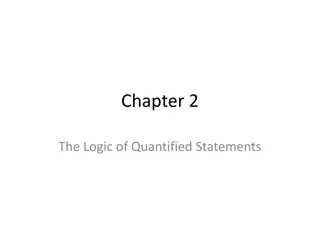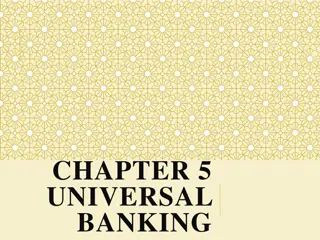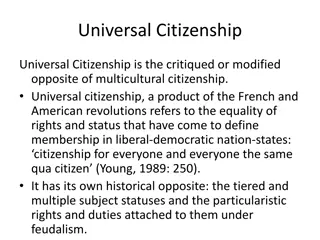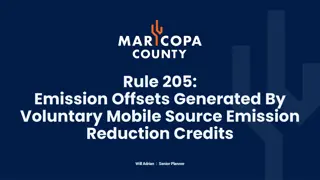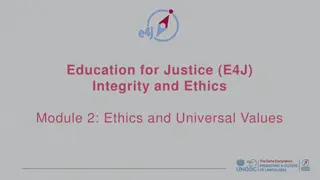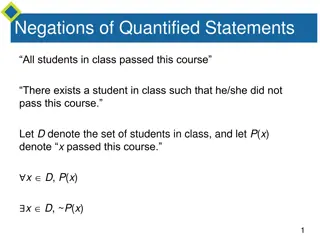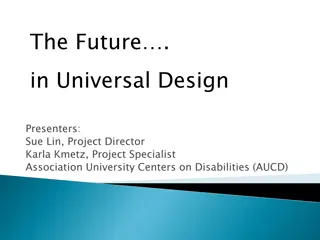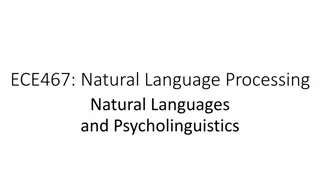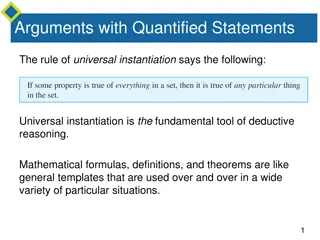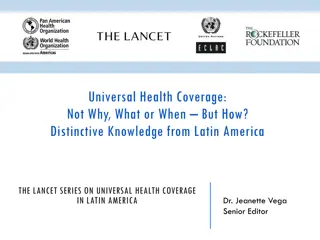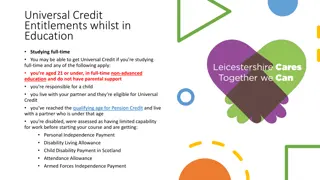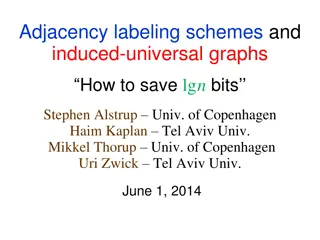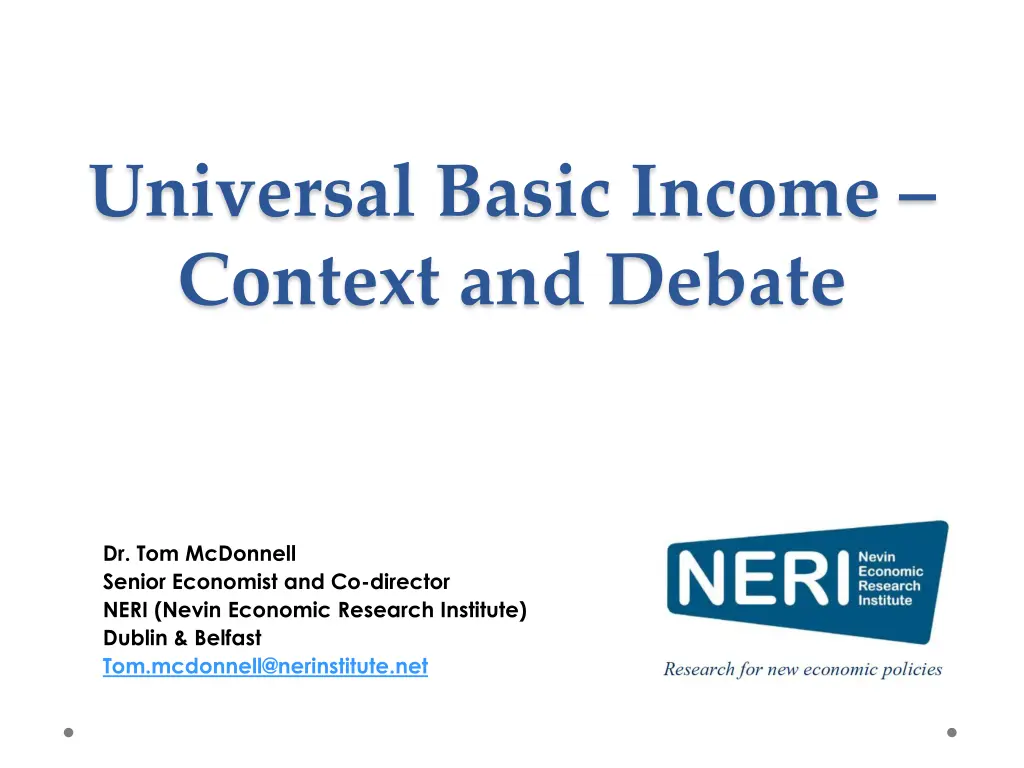
Understanding Welfare States and Social Policy
Explore the concept of the welfare state, social policy, and the justification for public services. Learn about the pillars of social policy and categories of the welfare state, including different models like social-democratic, Christian-democratic, and liberal regimes.
Download Presentation

Please find below an Image/Link to download the presentation.
The content on the website is provided AS IS for your information and personal use only. It may not be sold, licensed, or shared on other websites without obtaining consent from the author. If you encounter any issues during the download, it is possible that the publisher has removed the file from their server.
You are allowed to download the files provided on this website for personal or commercial use, subject to the condition that they are used lawfully. All files are the property of their respective owners.
The content on the website is provided AS IS for your information and personal use only. It may not be sold, licensed, or shared on other websites without obtaining consent from the author.
E N D
Presentation Transcript
Universal Basic Income Context and Debate Dr. Tom McDonnell Senior Economist and Co-director NERI (Nevin Economic Research Institute) Dublin & Belfast Tom.mcdonnell@nerinstitute.net
A Context Social policy and the Welfare State
The welfare state A form of economic and social organisation o A system in which the state plays a role in the protection of its citizens o Not just physical protection and the maintenance of order, but promotion of the economic and social well-being of its citizens The welfare state can be seen as a combination of collectivism, capitalism, social welfare policy and democracy
Justifying well resourced community and public services The standard justification for government intervention is the accomplishment of some policy objective leading to an improvement in national welfare Public expenditure is ultimately justified only if its outcomes are consistent with society s overall goals e.g. o Redistribution and poverty reduction (welfare and community supports) o Economic stability (countercyclical spending) o Market failure (e.g. natural monopoly, externalities pollution/research) o Merit goods (e.g. education and health) o Public goods (e.g. defence, justice, environment) The sustainable level of spending depends on the level of revenue being collected and the sustainability of that revenue stream. In other words, the level of spending is a political choice Who gets what and why political economy
The four Pillars of Social Policy 1. Incomes policy redistribution through social transfers is only a part-solution employment law, wage bargaining, minimum wage, taxation, pensions, etc. are extremely important to raise incomes 2. Health and personal care services 3. Education 4. Housing Employment, health, education and housing are the decisive policies for more economic equality o This requires significant tax revenue, but most of it for services, not social transfer Regulation also has a decisive role to play (e.g. energy prices, rents)
Categories of the welfare state The welfare states of the late nineteenth and early twentieth century were often enacted by conservatives o The creation of the welfare state was seen as a way of defusing socialist and leftist sentiment The Beveridge Report (1942) argued that government should provide adequate income, education, healthcare, housing and employment for everyone o The National Insurance system Types of welfare capitalism o Social-democratic welfare state (universal benefits) o Christian-democratic welfare state (insurance system still allows for social stratification) o Liberal regime (private provision of services, market dominance, means tested benefits)
Locating the Irish welfare state Insurance-based? Targeting-based? Universalist? The Irish welfare state is a hybrid system o Ireland uses a mix of means-tested, insurance based and universalist income support and service arrangements o A mongrel welfare system Spending on social protection was 24.6 billion in 2015 ( 5,300 per person) o Largest area of spending is pensions for almost 600,000 people (7.6 billion in 2018) o Second largest is illness, disability and carers (4.1 billion in 2018) o Working age income supports are 3.4 billion in 2018 (children is 2.6 billion)
The differentiated Welfare State Universal (membership of Irish society) o Child benefit o Primary and secondary education o Services to the elderly Insurance (conditional on insurance contributions) o Social insurance o Tax expenditures (e.g. pension tax reliefs) Means tested (targeted on those in need) o Medical card o Social housing o Maintenance grants
Per capita public spending excluding interest payments in 2016, bn Population (thousands) Public spending Per capita spending 1 2 3 4 5 6 7 8 9 10 11 Luxembourg Denmark Sweden Finland Austria Belgium France Netherlands Germany Rep. Ireland United Kingdom Peer countries (weighted average) 583.6 5,729.0 9,923.1 5,494.6 8,739.1 11,271.0 66,671.0 17,030.0 82,484.8 4,716.5 65,572.0 22.1 144.7 229.4 117.9 171.2 213.0 1,215.2 296.5 1,344.3 68.4 938.1 37,868 25,257 23,118 21,457 19,590 18,898 18,227 17,410 16,298 14,502 14,306 17,112 Gap to peer countries ( ) 2,610 Gap scaled to Irish population ( billions) 12.3
Total and per capita public spending in 2015, bn C D Country Total A F I J B E G H Belgium 221.02 33.30 3.46 7.23 26.50 3.67 1.63 31.45 4.90 26.35 82.91 Denmark 149.01 20.16 3.06 2.67 9.95 1.21 0.67 23.26 4.79 19.14 64.10 Germany 1,333.86 180.39 30.49 47.47 95.19 18.47 11.61 217.24 30.83 127.39 574.77 France 1,242.79 137.22 38.32 35.61 124.48 21.93 23.34 178.24 29.00 119.17 535.48 Luxembourg 21.57 2.26 0.14 0.51 2.56 0.56 0.27 2.34 0.61 2.67 9.66 Netherlands 305.36 33.96 7.72 12.26 26.87 9.68 2.17 54.08 9.50 36.79 112.32 Austria 175.42 23.28 1.95 4.70 20.93 1.53 1.19 27.18 4.20 16.86 73.60 Finland 119.38 17.84 2.81 2.62 9.96 0.50 0.86 15.01 3.10 13.09 53.62 Sweden 224.45 31.60 5.07 5.83 18.76 1.30 3.33 31.06 4.89 29.17 93.43 UK 1,104.29 117.02 54.91 51.55 78.82 20.29 12.46 196.62 16.77 131.98 423.86 Ireland 75.32 10.43 0.90 2.78 8.66 1.02 1.48 14.57 1.48 9.37 24.63 Per capita ( 000) 16,225 2,247 Ireland 193 598 1,865 219 318 3,138 319 2,019 5,306 18,000 2,199 Peers 539 627 1,530 290 213 2,864 398 1,926 7,415 Gap 1,775 -48 346 29 -335 71 -105 -274 79 -93 2,109 Gap scaled to population 8.2 -0.2 1.6 0.1 -1.6 0.3 -0.5 -1.3 0.4 -0.4 9.8 A = General public services; B = Defence; C = Public Order and Safety; D = Economic Affairs; E = Environmental Protection; F = Housing and Community Amenities; G = Health; H = Recreation, culture and religion; I = Education; J = Social Protection Peer country is the population weighted average. A negative gap means that the Republic of Ireland out-spends the peer country weighted average.
B Universal Basic Income
What is Universal Basic Income? A fixed cash grant provided on a weekly or monthly basis Given directly to all adults individually o Could be extended to children o Could be larger amounts for certain groups (e.g. disabled, pensioners) Meant to cover part or all of basic living expenses Comes with no conditionality The UBI is not: o A negative income tax i.e. money credited as allowances to a taxed income, and paid as benefit when it exceeds debited tax o A guaranteed minimum income top-off i.e. an enforced income floor (poverty threshold) with government topping up incomes at the end of the year (potentially a 100% marginal tax rate at low incomes)
Common arguments in favour (1) 1. If set high enough it would eliminate poverty and deprivation (its an insurance programme) 2. It would reduce inequality 3. It eliminates any loss of dignity or compulsion associated with welfare payments 4. It provides individual security and freedom (payment is to the individual not the household) 5. It reduces administrative costs 6. It could induce higher rates of saving and investment 7. Might improve socioeconomic cohesion
Common arguments in favour (2) 8. It encourages entrepreneurship (safety net) 9. It encourages learning and career breaks 10. It encourages civic engagement and volunteerism and acknowledges care work 11. It could lead to less economic crime 12. It gives a certain freedom not to take bad job and encourages strategic career decisions as opposed to ones based on short-term survival considerations
Support on the political right and left Left: o Eliminates poverty o Provides security from economic oppression (individual bargaining power) o Provides Republican freedom o Eliminates the benefit trap (people often lose out financially if they take-up work under the current system) Right: o Weakens government and the bureaucratic state o Maximises the individual s freedom to choose o Helps preserve the market against revolt by the 99% o Thin end of the wedge opens up an assault against the welfare state
Common arguments against (1) Moralistic arguments (usually right wing commentators) o People are lazy it will disincentivise work and create a dependency culture o It will just go on luxuries, alcohol and tobacco Economic arguments (right wing and/or left wing) o Its just too expensive ( 10,000 per adult would cost 36 billion - 10,000 per person would cost 48 billion) o It will create inflationary pressures in the economy o Prices differ from region to region (e.g. housing/rental costs in Dublin) so a UBI would not be have equivalent real value in different regions o Potentially negative employment effects pushing up wage costs
Opposition on the political right and left Left: o Thin end of the wedge: opens up an assault against the welfare state (i.e. privatisation of health, education and public transport) o Might undermine trade unions and push down real wages (subsidy to profit-making companies in low wage sectors) o Extremely costly (will lead to cutbacks in other areas of public spending o Scarring effects (long-term unemployed) Right: o Lazy free-riders will get something for nothing o People will refuse to take low pay jobs (pushing up wages) o Extremely costly (will push up taxes)
Evidence Re disincentives to work: o limited experiments In Manitoba, Namibia, India (to name a few) show no evidence of a disincentive to work : o people responded by generating economic activity through business start-ups, return/continue in education, care for family members with measurable and positive impacts on mental health, skill development and even political activity.
The Cost (Taft, 2015) A major objection is the cost. Miche l Collins (NERI, UCD), - based on social protection, poverty line and minimum expenditure finds costs could range from 35 to 64 billion, funded by flat-rate income tax from 44 to 88 percent. Social Justice Ireland finds the cost close to 40 billion, funded by a flat-rate income tax of 45 percent. A recent attempt to model the cost of a full UBI in the UK by Howard Reed and Stewart Lansley found that the costs would be prohibitive while there would still be substantial losers in the bottom two deciles. Opportunity costs are potentially high. Spending on public services in Ireland needs to increase by over 10 billion per year to reach the EU-15 average while investment needs to rise by nearly 5 billion to reach long-term average. UBI costs could crowd this out. There could be considerable dead-weight costs. If UBI is principally seen as an anti-poverty policy, then reducing at-risk poverty and deprivation rates could be achieved at considerably less cost than UBI (though UBI is more than just an anti-poverty measure).
Paying for it.. Could replace part of the existing social protection budget (e.g. Jobseeker s allowance, family income supplement, child benefit) o Administrative and other savings Abolish existing subsidies Tax increases o Eliminating tax expenditures (these are mostly regressive) o Carbon tax, wealth tax, inheritance tax, land tax, property tax, financial transaction tax o An increase in the income tax would be inevitable .
Could it happen? Would be a transformative system break (economic, fiscal, social protection, labour market) These rarely happen outside of a massive shock such as a war or long economic depression (e.g. Roosevelt s reforms in the 1930s) External pressures (e.g. Communism) lead some countries to establish welfare states o Public policy changes have usually been evolutionary not revolutionary There would be losers and this would create a pressure bloc against the UBI What pressures could induce a UBI? o The sustained increase in inequality in the last 40 years finally reaching a tipping point? already seeing an increase in populism o The right might see a UBI as a way of venting populist pressure coming from below o The left might see a UBI as protection against globalisation and automation
Designing a UBI We would need to think about how to implement it without: o undermining social protection and commodifying services, o introducing labour market distortions and disincentives, o contributing to insider/outsider relationships in the 4th digital revolution, o imposing onerous costs on the state/Exchequer o And (most of all) requiring people to commit to a systemic change in which so many outcomes are unknown and which reversing would be highly costly (see Taft, 2015) In practice there would be a transitional period Also, it needs to be large enough to have a non-trivial impact on income distribution and be affordable
C Alternatives
A. What about a partial UBI (PBI)? E.g. introduce refundable tax credits i.e. convert all tax credits ( 3,300 per year) into direct payments o Would benefit low-paid, part-time and casual workers o Social Justice Ireland estimated a cost of 140 million in 2010 Average Earner ( 36,000) Low-Paid ( 13,000) Casual Worker ( 9,275) Loss of Tax Credits / Increased Taxation 3,300 2,600 1,856 PBI 3,300 3,300 3,300 Net Gain 0 700 1,444
B. What about a job guarantee scheme? Government as employer of last resort o Would actively promote up-skilling o Would work in a countercyclical Keynesian fashion But o Would retain the coercive approach to poverty reduction o A thin line between incentive and punishment
C. What about free universal basic services? UBI risks commodification of the core welfare state Would the current system be adequate if we had free health, education and childcare It can be done: o E.g. heart of the Nordic model is free or heavily subsidised childcare o Luxembourg is about to introduce free public transport
D. What about a Universal Minimum Income? Compass (a UK think-tank) find that a modified scheme, one that still provided a universal and guaranteed income (albeit modest) could sharply increase income amongst the poorest and dramatically cut child poverty
D Class Participation - Debate


